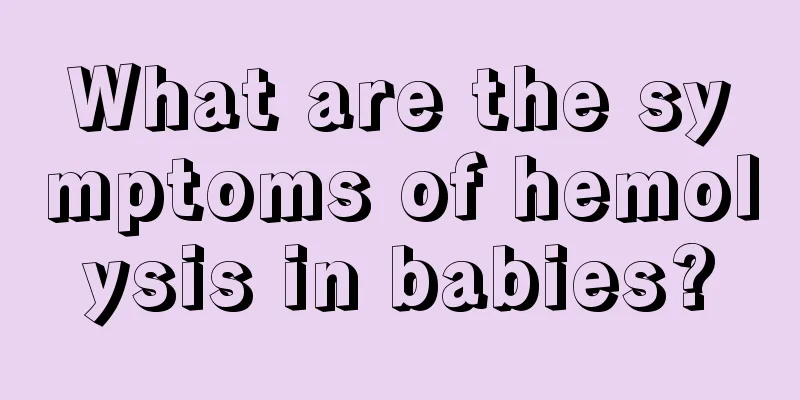Children with low white blood cell count and recurrent fever

|
Children's constitution is relatively weak, so when the white blood cell count is too low, they will have repeated fevers. In this case, they can only take some antipyretics to control the fever. This can improve the patient's physical condition to a certain extent and avoid more painful situations. However, they also need to pay more attention to conditioning in daily life. They can take some Chinese herbal medicines for conditioning. Fever is caused by the action of fever activators on the body, which in turn leads to the production of endogenous pyrogens (EP) and enters the brain to act on the body temperature regulation center, which in turn leads to the release of fever center mediators, which in turn causes a change in the set point and ultimately causes fever. Common fever activators include exogenous pyrogens from outside the body: bacteria, viruses, fungi, spirochetes, malarial parasites, etc.; and those from inside the body: antigen-antibody complexes, steroids, etc. Endogenous pyrogens (EP) come from EP-producing cells in the body, and their main types include: interleukin-1 (IL-1), tumor necrosis factor (TNF), interferon (IFN), interleukin-6 (IL-6), etc. EP acts on the body temperature regulation center located in the POAH, resulting in the production of positive and negative regulatory mediators. The latter may cause a change in the set point and ultimately lead to the generation of heat. Fever itself is not a disease, but a symptom. In fact, it is one of the body's mechanisms for fighting infection. Fever may even have its uses: shortening the duration of illness, enhancing the effectiveness of antibiotics, and making infections less contagious. These abilities should offset the discomfort experienced when having a fever. The etiology of fever of unknown origin (FUO) is a global problem, and the cause of nearly 10% of FUO cases remains unknown. Fever itself can be caused by many types of diseases, such as infection, tumors, autoimmune diseases and blood diseases, and cannot be clearly classified. In the past, such patients were usually diagnosed and treated by internal medicine physicians, and in most hospitals with more specialized specialties, they were mainly treated by respiratory physicians. Currently, many hospitals have opened infection departments and FUO is classified as such in the infection departments. This specialized management is an improvement and can improve the level of diagnosis and treatment. FUO has a precise definition, which includes 3 key points: ① Fever lasts for ≥ 3 weeks; ②Body temperature > 38.3℃ for many times; ③ The diagnosis cannot be confirmed after ≥ 1 week of complete medical history, physical examination and routine laboratory tests. It can be seen that although FUO itself is a symptom diagnosis rather than a disease diagnosis, the diagnostic requirements are very strict. |
<<: Baby has fever and low white blood cell count
>>: Neonatal subcutaneous hematoma
Recommend
10 Troubles of Chinese Children Growing Up
Although Chinese society is constantly moving for...
Is it good for children to drink more water?
The normal life activities of the human body requ...
How many months does it take for a baby to learn to crawl?
How long does it take for a baby to start learnin...
How much milk should a two-month-old baby drink?
When babies are just born, they are fed with milk...
What to do if your baby gets diarrhea after eating dragon fruit
The baby is still so young, and there are many fo...
How often should a three-month-old baby eat?
It is still better not to give too much complemen...
What are the symptoms of follicular pharyngitis in children?
Nowadays, people pay more and more attention to t...
The baby suddenly has red spots all over his body
If your baby suddenly develops red spots, you sho...
Standard height and weight of a six-month-old boy
Babies develop very quickly during their infancy,...
What causes itchy hands in children?
We all know that children are more playful. At th...
Can a 2-year-old baby drink pure milk?
For newborn babies, nutrients mainly come from br...
There are many small red spots on the tongue of a seven-month-old baby
The small red spots on the tongue of a seven-mont...
Red bumps on baby's body like mosquito bites
In daily life, we may find that red bumps suddenl...
Will teething cause fever?
I believe that many mothers have found that when ...
At what age is breast development normal for a little girl?
Recently, many female friends have experienced po...









